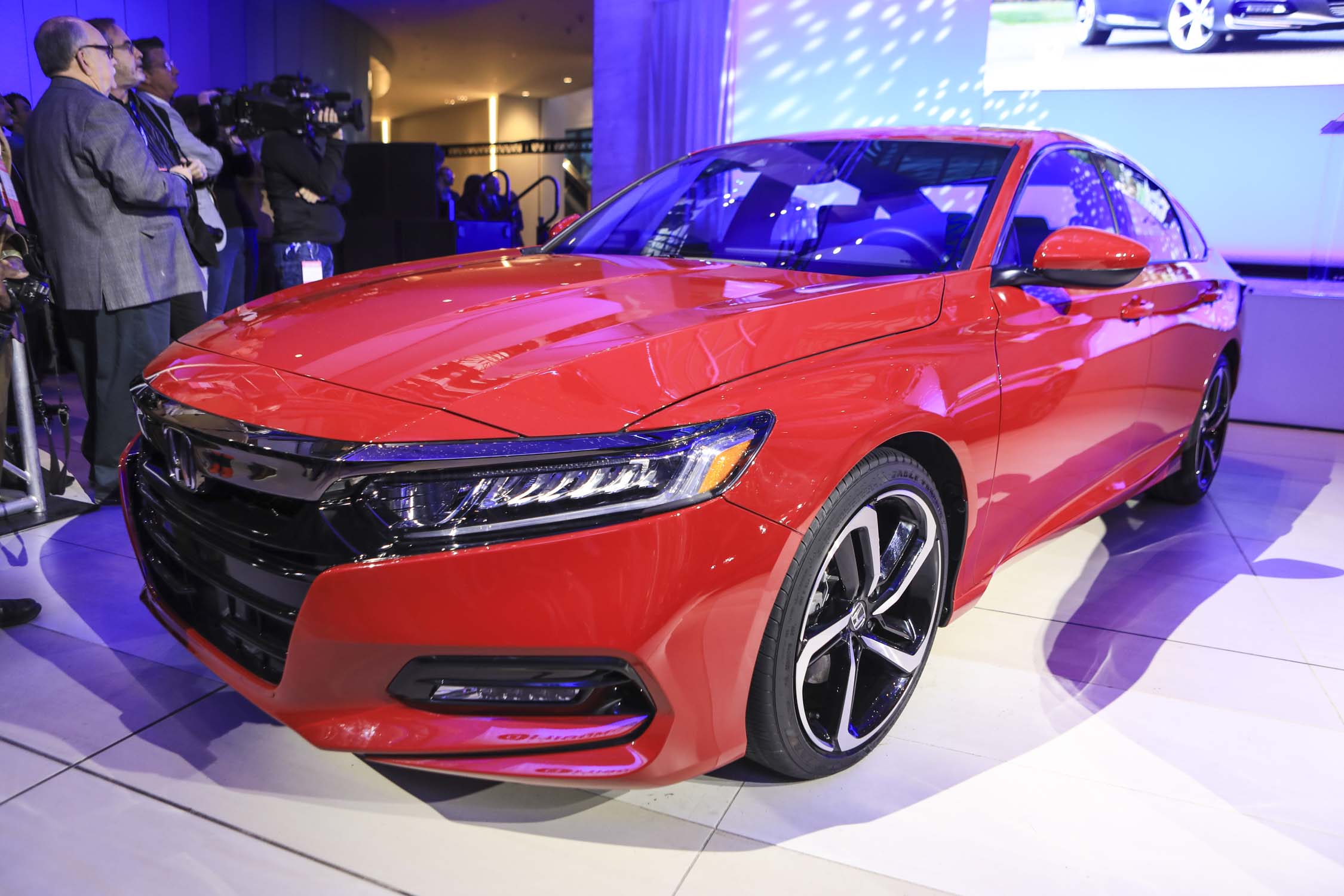
Some argue that this new Honda Accord is the best version ever built, and it seems the jury of auto journalists that decides the winner agrees, naming the popular Honda Accord the 2018 North American Car of the Year. Accord was up against some stiff competition for this year’s top honors: the 2018 Toyota Camry and 2018 Kia Stinger.
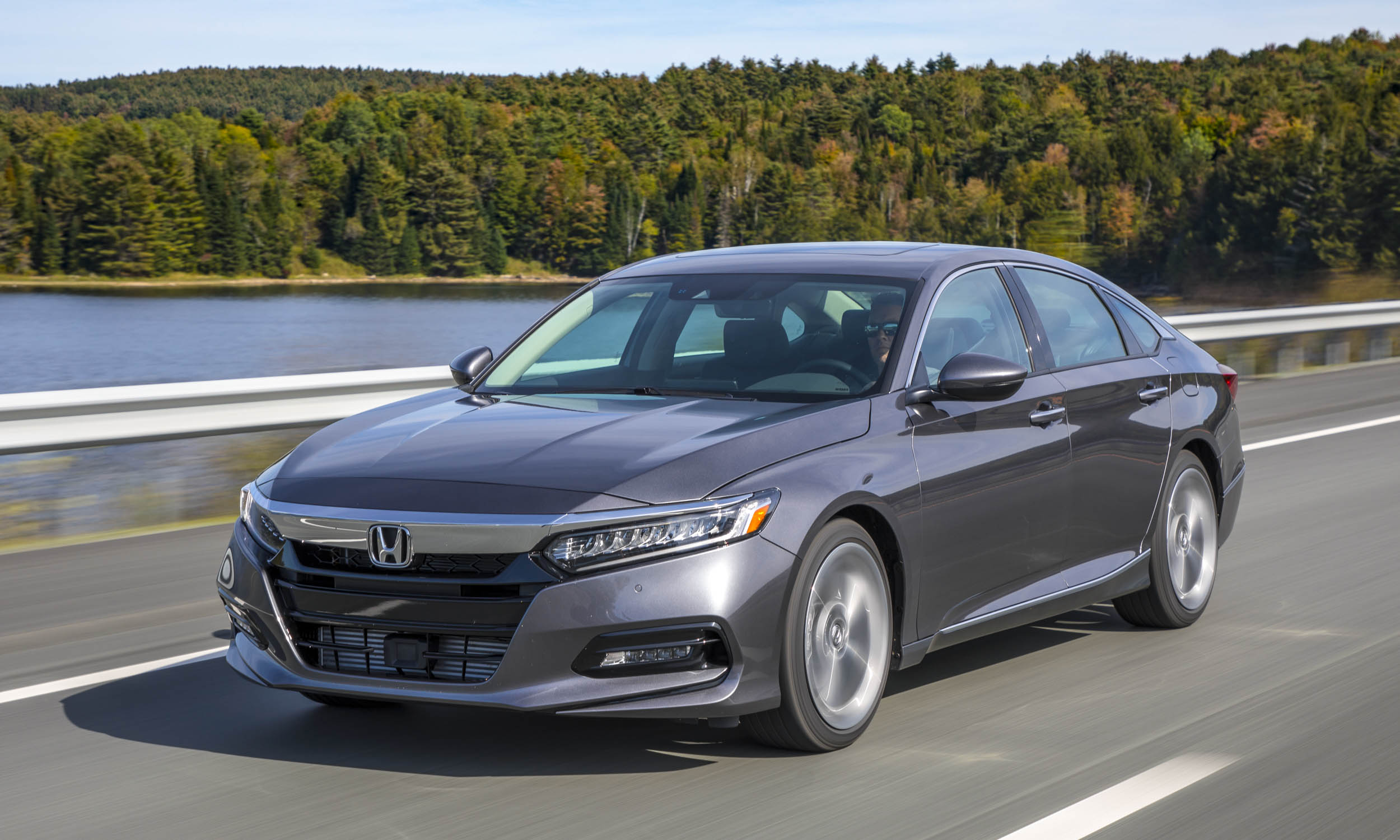
Today is the first time Accord has earned this prestigious award; however, this is the third year in a row that a Honda has been in the winner’s circle. The Honda Ridgeline won Truck of the Year in 2017, and Honda Civic nabbed Car of the Year in 2016.
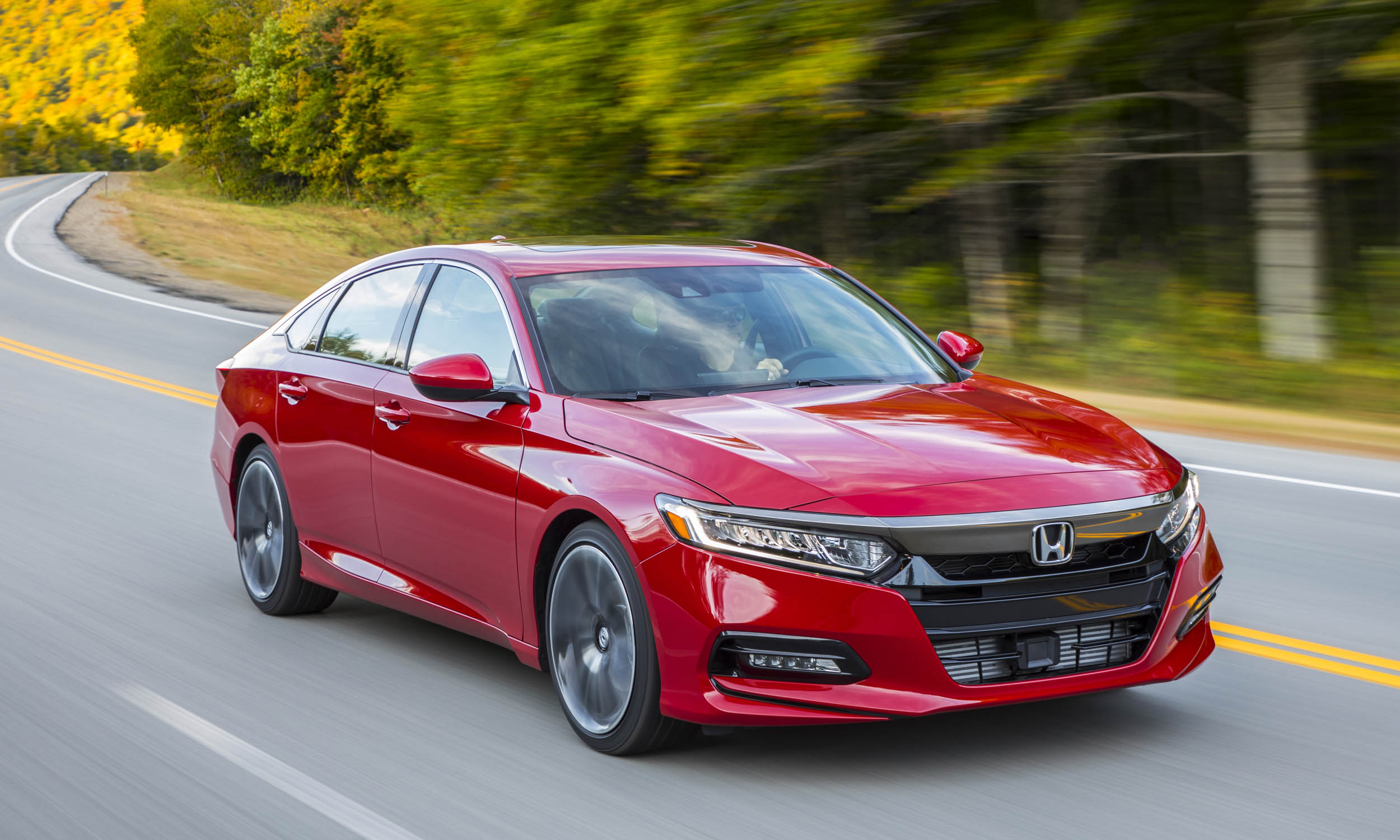
“Honda took a clean-sheet approach to reinventing America’s most popular car, and we couldn’t be prouder to receive this honor for Accord as the North American Car of the Year,” said Henio Arcangeli, Jr., senior vice president of the Automobile Division and general manager of Honda Sales at American Honda Motor Co., Inc. “We’re especially proud for the production associates in Ohio where Accord has been built to the highest quality standards for over 35 years.”
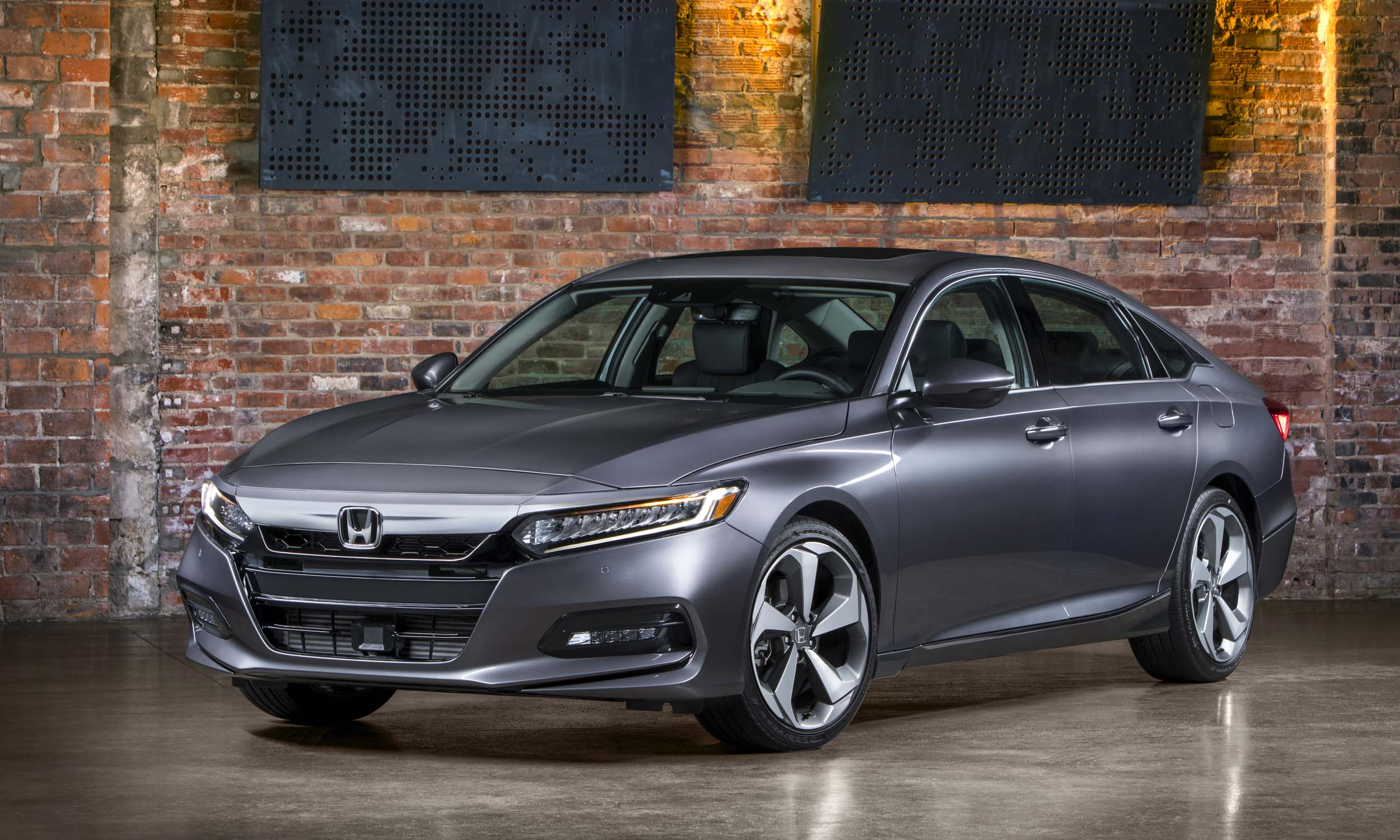
The Accord was completely redesigned for the 2017 model year; Honda calls it the most dramatic remake since the car debuted more than 40 years ago. In addition to new exterior styling and updated interior, the Accord rides on an all-new chassis designed to improve safety, handling and comfort. Accord is available with two new turbocharged engines as well as a fuel-efficient two-motor hybrid system.
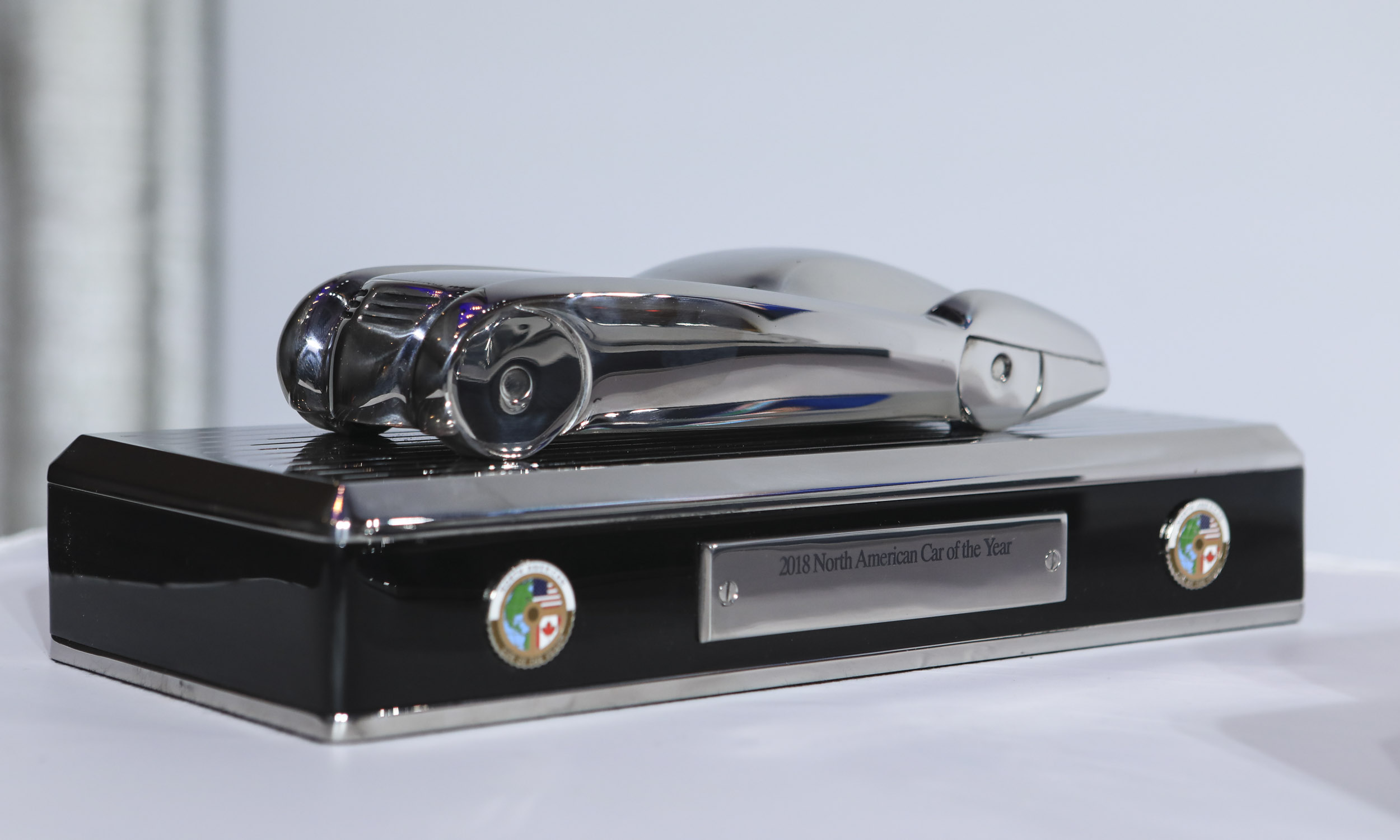
The annual North American Car of the Year award winner is announced each January at the North American International Auto Show in Detroit. Although most accolades of this type are presented by an individual publication or study, the NACOTY award remains unique because it is based on ballots cast by an independent jury of automotive journalists from the U.S. and Canada. In order to be eligible, a vehicle must be all new or substantially redesigned. According to the group, winners excel in design, innovation, safety, handling, driver satisfaction and value for the dollar.

Since the NACOTY award’s inception in 1994, domestic-branded automakers have won 13 times, Japanese carmakers have been victorious five times, European companies five times and Korean automakers twice. The following are previous winners.
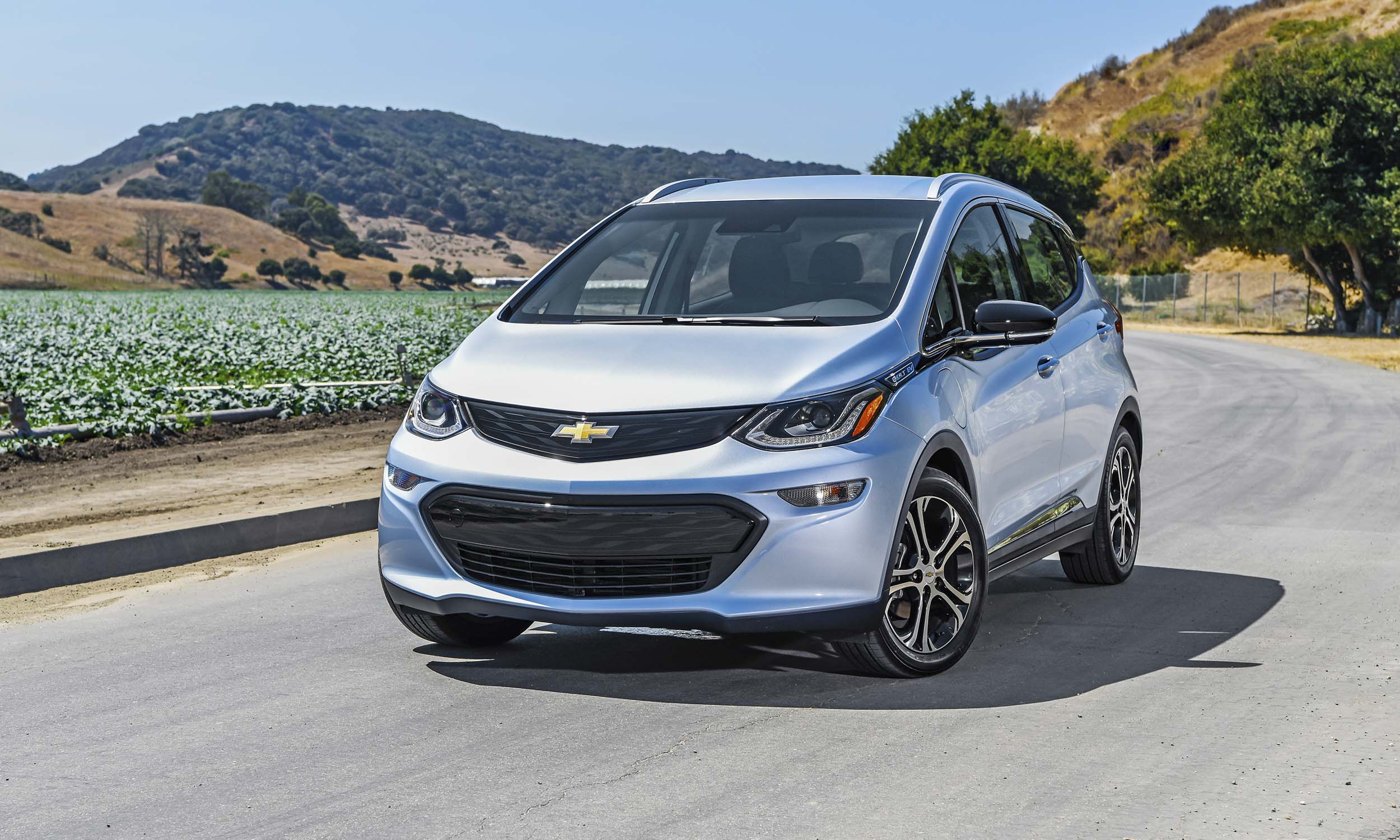
Chevrolet’s Bolt EV was introduced a year ago, boasting a 238-mile range, which exceeded almost every other electric vehicle on the market — the one exception being Tesla. However, the Bolt is less than half the price of the Model S. In addition to its impressive electric range, the Bolt EV serves up good performance with 200 horsepower on tap. The Bolt EV is loaded with innovations. A Bluetooth low-energy system — designed specifically for the Bolt EV — connects to a smartphone as the driver approaches the car. A large 10.2-inch touchscreen display and rear camera mirror are also available, and a dedicated EV nav system plans a route while taking into account terrain that will affect the battery’s depletion rate.
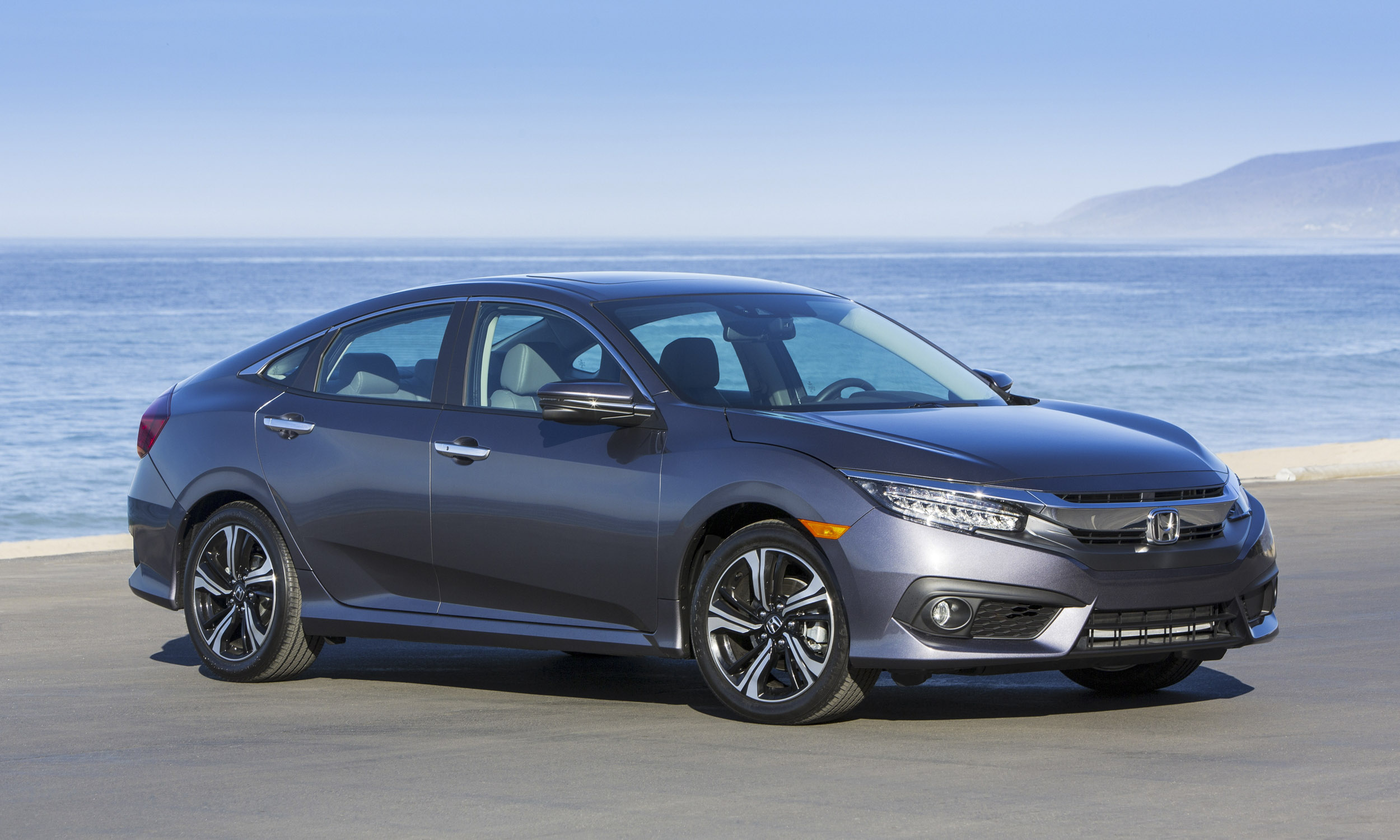
The 2016 Civic was reborn from the ground up with a completely new vehicle architecture, new interior and exterior styling, a more spacious interior and two advanced new engines. Buyers have a choice of a 2.0-liter 158-horsepower engine — the most powerful base engine ever offered in a Civic — or a turbocharged 1.5-liter motor putting out an impressive 174 horsepower. Fuel economy is rated at more than 40 mpg on the highway with either engine. Civic is available with a number of premium features and technologies including Apple CarPlay, Android Auto, Smart Entry with Push Button Start, dual-zone automatic climate control, heated rear seats and rain-sensing wipers.
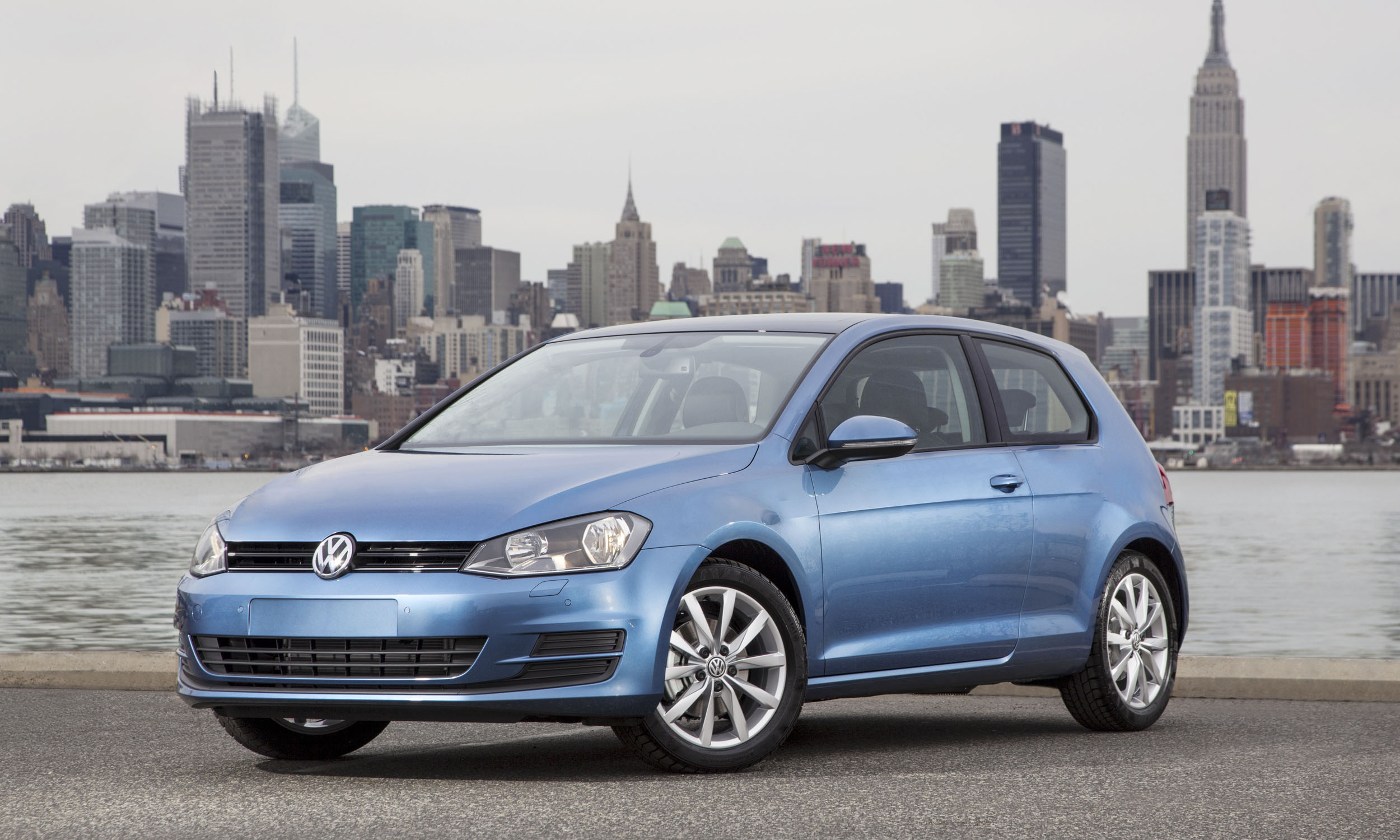
This popular Volkswagen was completely redesigned for the 2015 model year, offering a number of choices for consumers. Available as a 2-door, 4-door or wagon, Golf variants include the electric-powered e-Golf, the high-performance AWD Golf R or the diesel-powered Golf TDI.
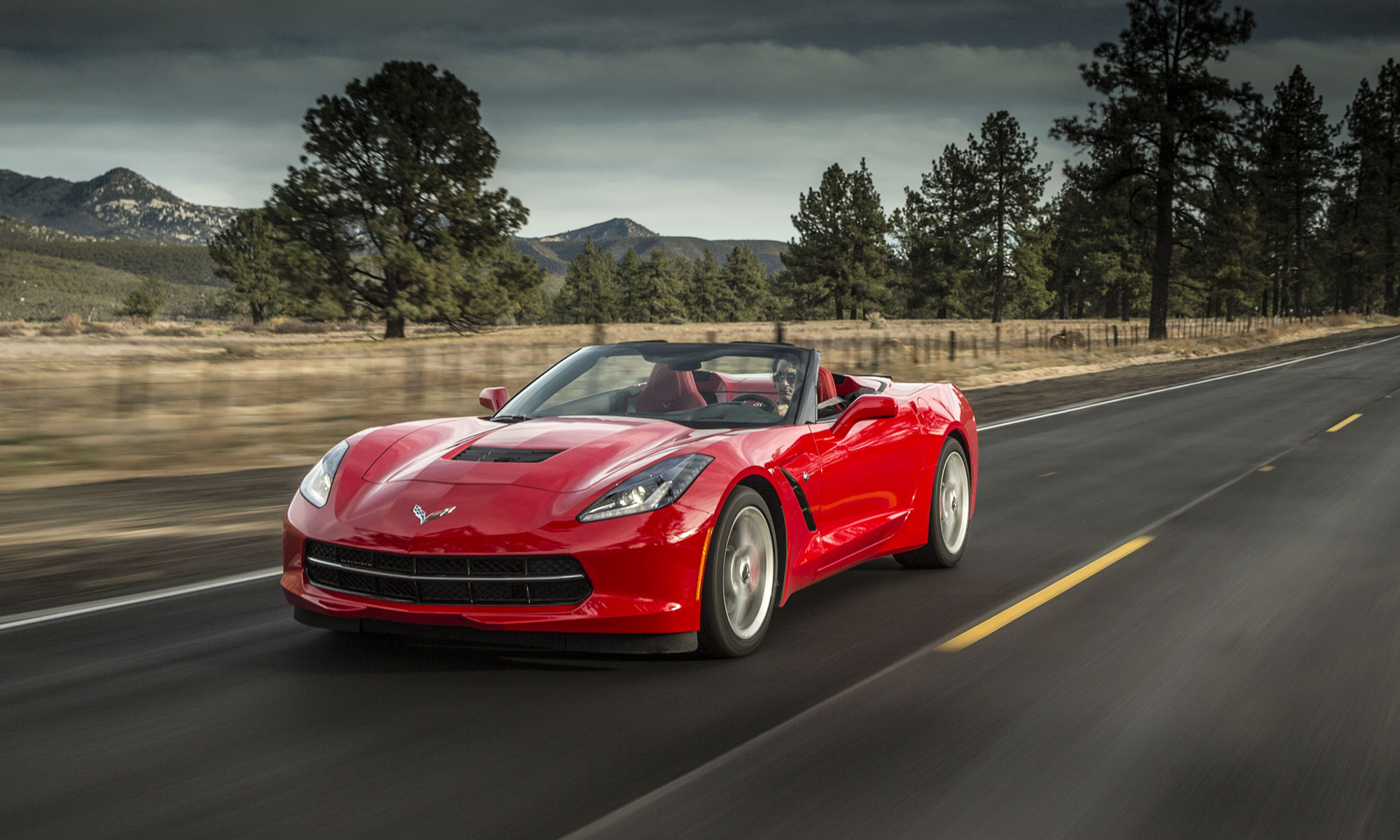
The seventh-generation Corvette debuted in 2013 with an all-new frame and a new powertrain, as well as fresh styling inside and out. With a 455-horsepower V8 under the hood, the C7 Corvette Stingray is the most powerful standard Corvette ever, with the ability to sprint to 60 mph in less than four seconds and achieve an EPA-estimated 29 mpg on the highway.
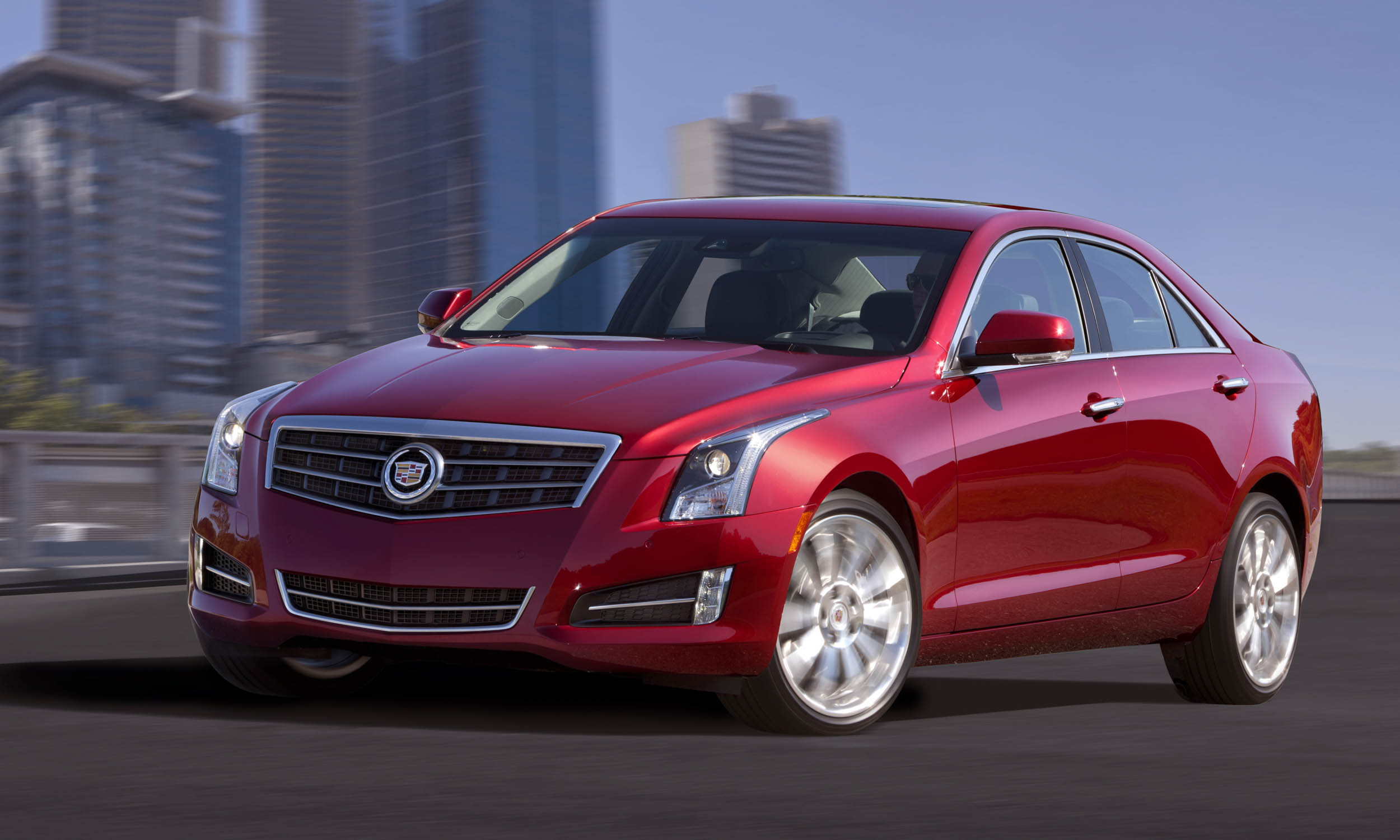
It had been more than 10 years since Cadillac had a small sedan in its lineup, so in 2013 GM’s luxury brand introduced the all-new ATS. With styling that matches the rest of the Cadillac family, the ATS is based on an all-new rear-wheel-drive architecture and offers excellent performance thanks to its lightweight construction and available high-performance engines.
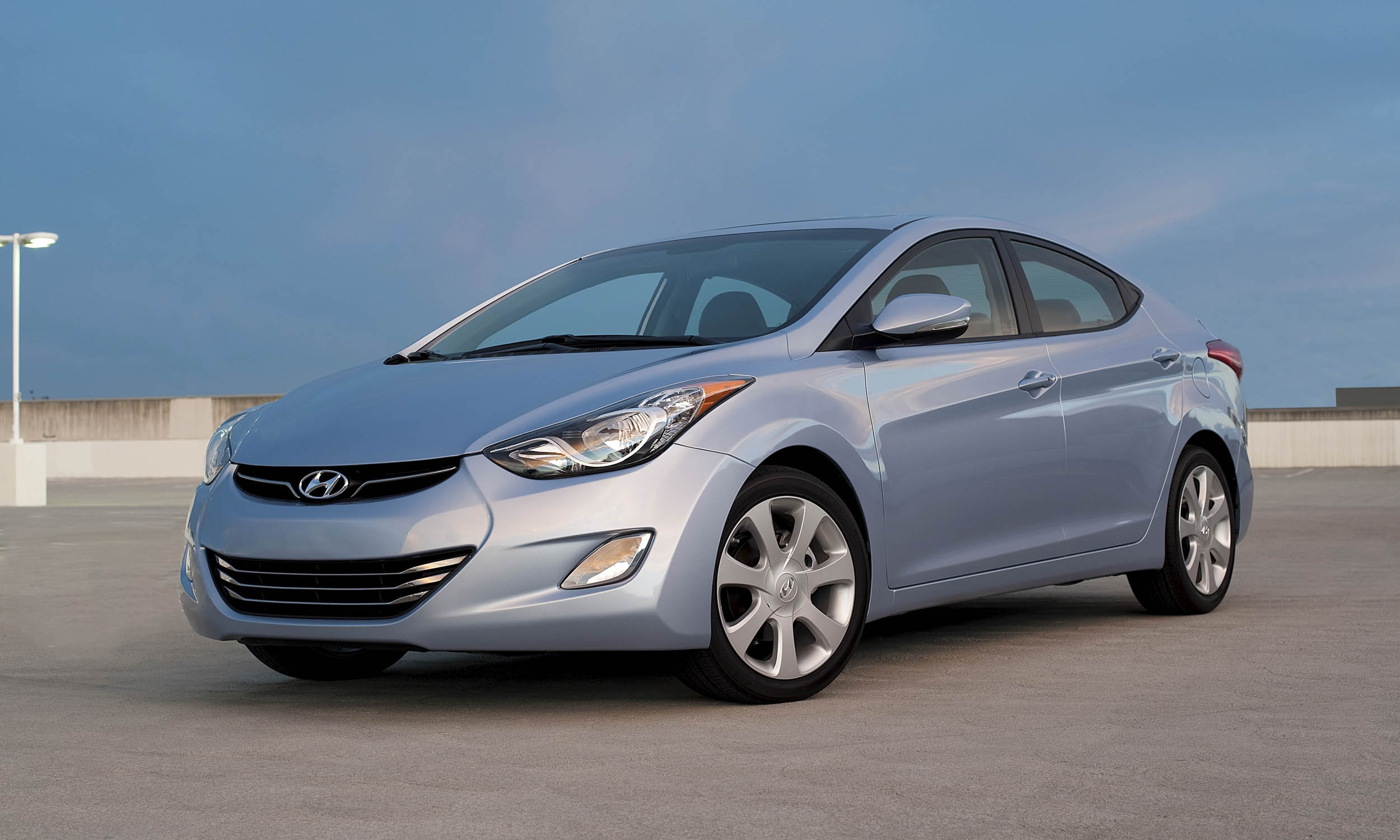
Hyundai introduced the fifth-generation Elantra late in 2011. The new compact car showcased the brand’s new “Fluidic Sculpture” design and featured advanced convenience and safety features not commonly found in this level of passenger car. The new 1.8-liter Nu 4-cylinder engine provided more power and better fuel economy compared to the outgoing model.
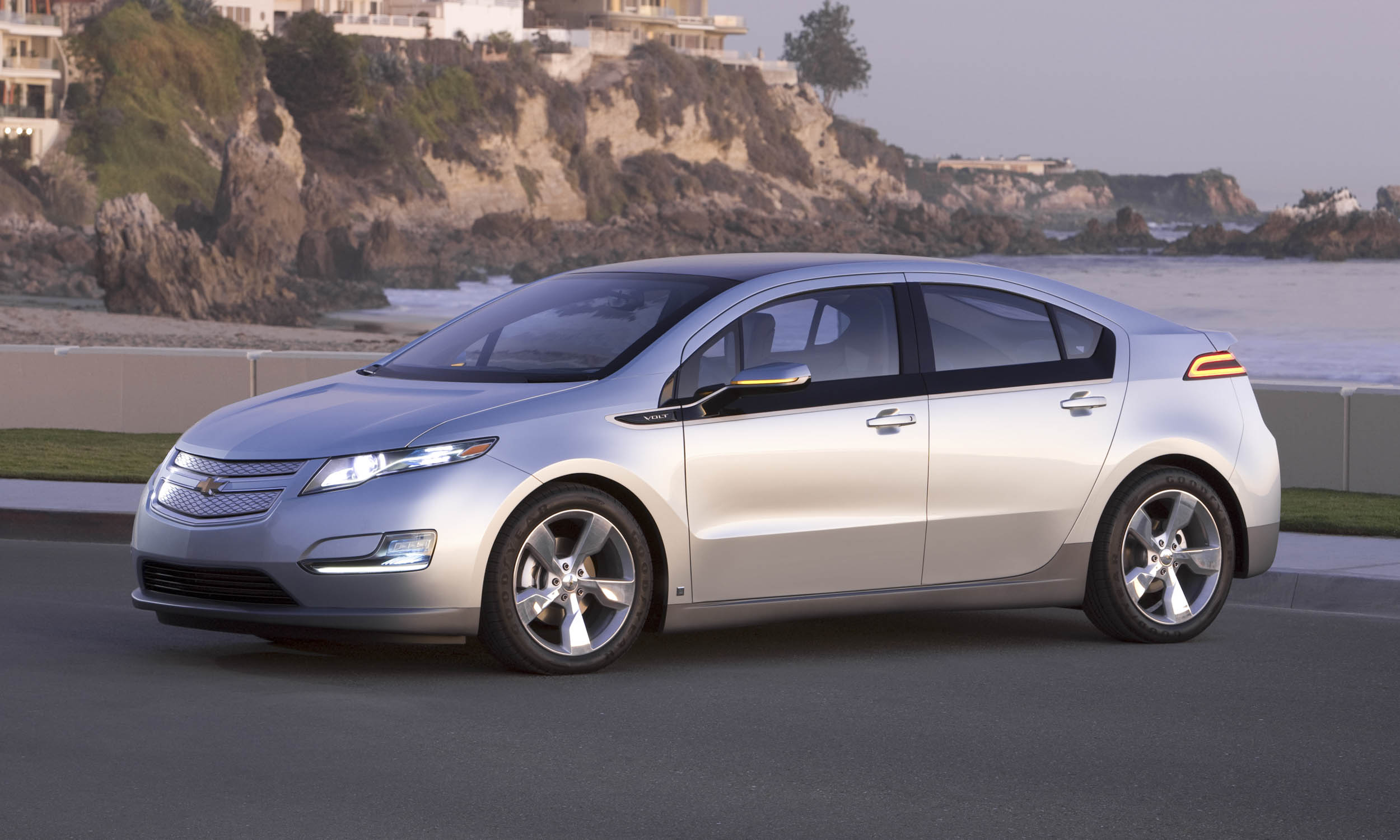
One of the most innovative vehicles ever to emerge from General Motors, the Volt is an electric car with a gas engine that acts as a generator. Batteries provide a range of about 40 miles, but with the gas engine charging the batteries the range gets extended to more than 300 miles. Volt can be plugged in or filled with gasoline, providing drivers with an electric option without the associated “range anxiety” of other electric vehicles.
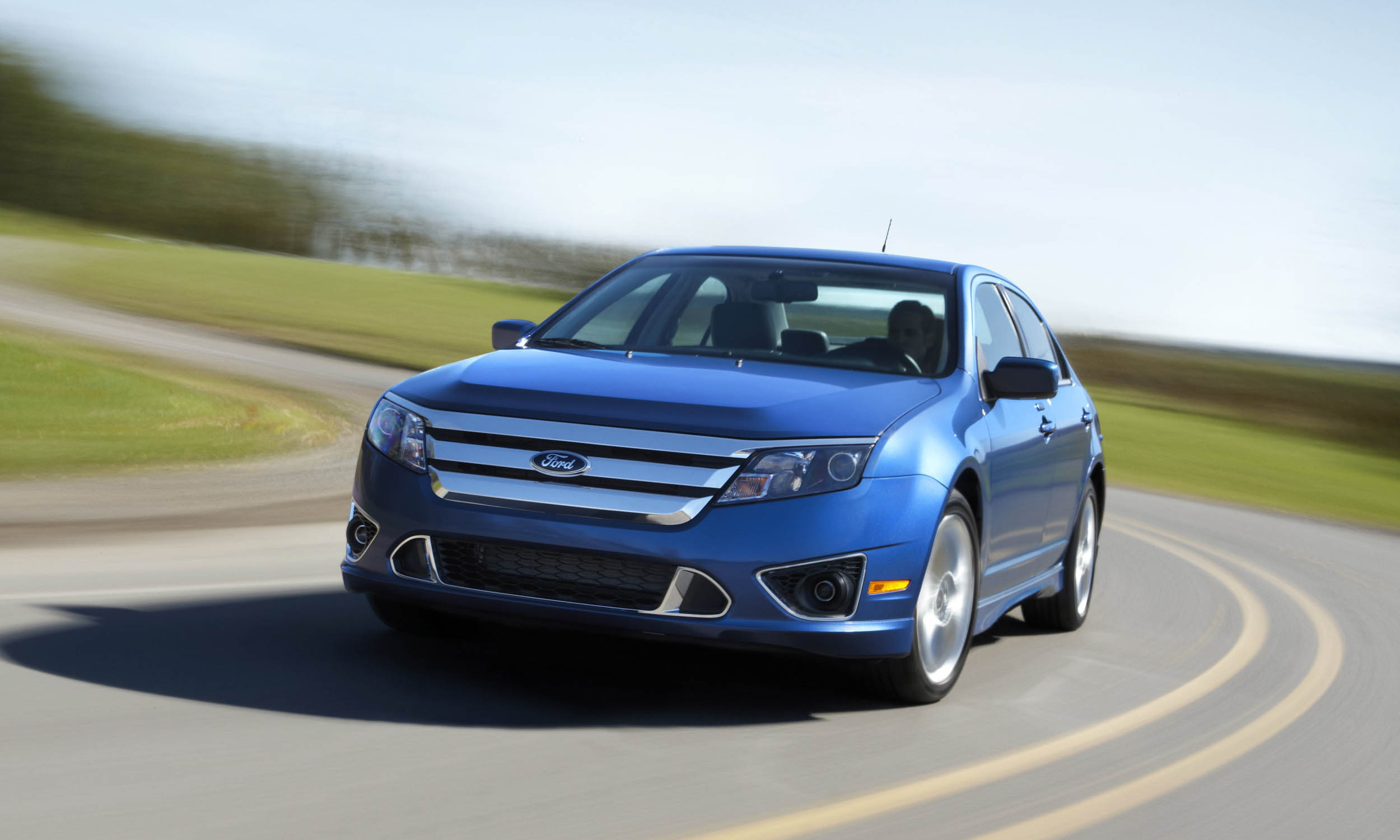
Ford’s midsize Fusion received a complete refresh for the 2010 model year, but it was the impressive hybrid version that received accolades from the NACOTY jury. The Fusion’s 2.5-liter gas engine teamed with an electric motor produced a combined 191 horsepower and earned an EPA fuel-economy rating of more than 40 mpg in the city. Unlike other hybrids of the time, Fusion was able to reach 47 mph on electric power alone.
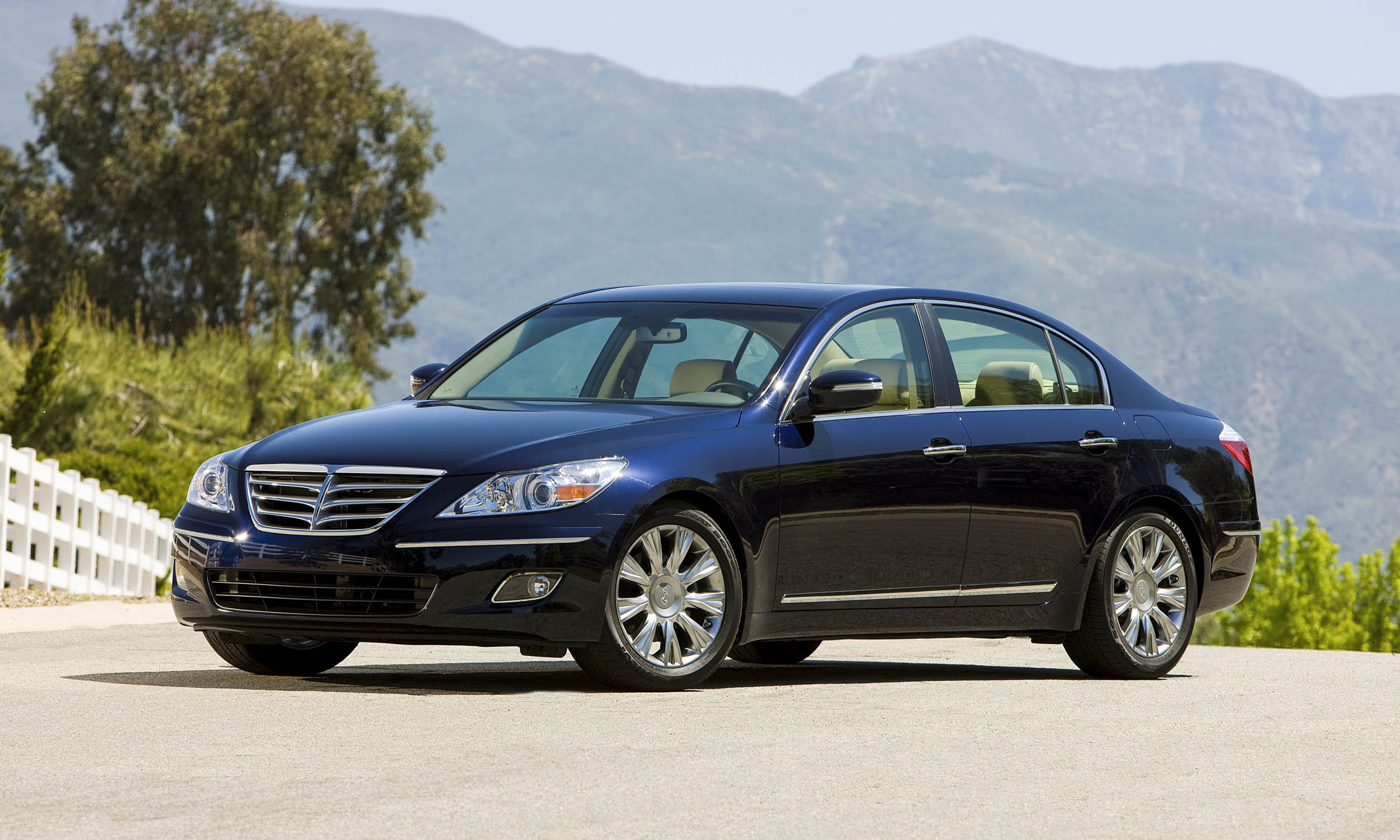
A brand new model for Hyundai in 2009, Genesis was the Korean automaker’s first rear-wheel-drive luxury car sold in America. Available with features such as traffic alerts, adaptive front lighting, a high-end Lexicon audio system and premium leather seats, Genesis was available with a 4.6-liter V8 engine producing 375 horsepower.

The Malibu name has been around since the first generation in 1964, but it was the seventh-gen Malibu that became one of Chevrolet’s most decorated vehicles. With a distinctive design, longer wheelbase and a number of new features, this new Malibu shared a platform with the previous year’s winner, the Saturn Aura
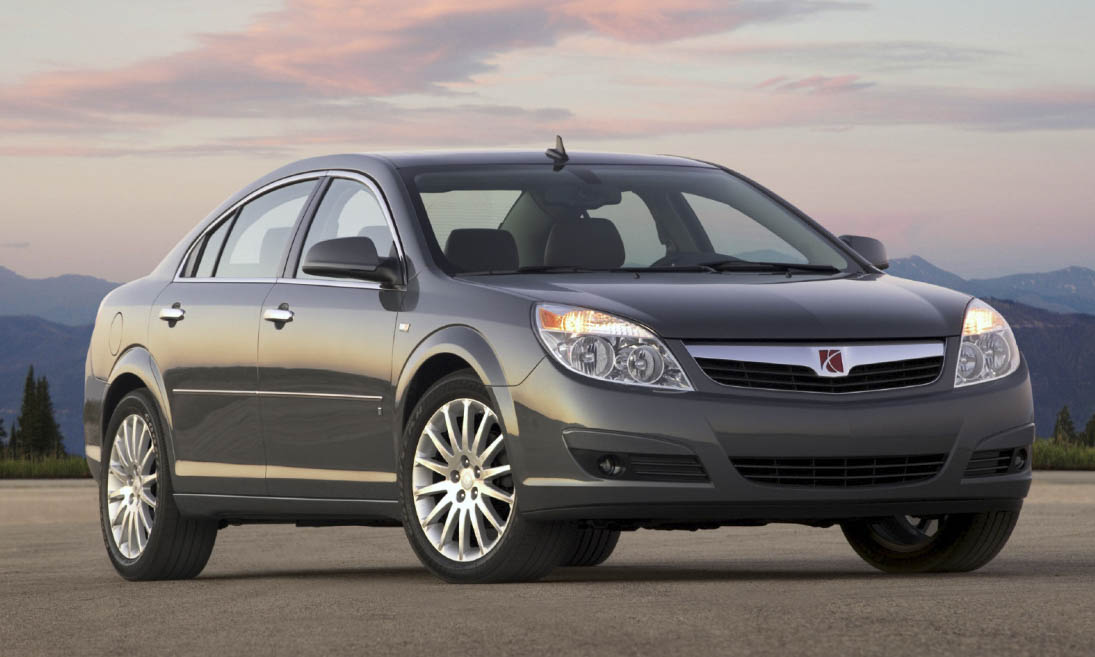
After years of building less-than-exciting cars, Saturn introduced the all-new Aura with European styling and a more attractive interior. A number of powertrains were available, including a hybrid as well as a 252-horsepower V6 in the top-level XR. Unfortunately the Aura was not enough of a game-changer to save the brand, which ceased production at the end of 2009.
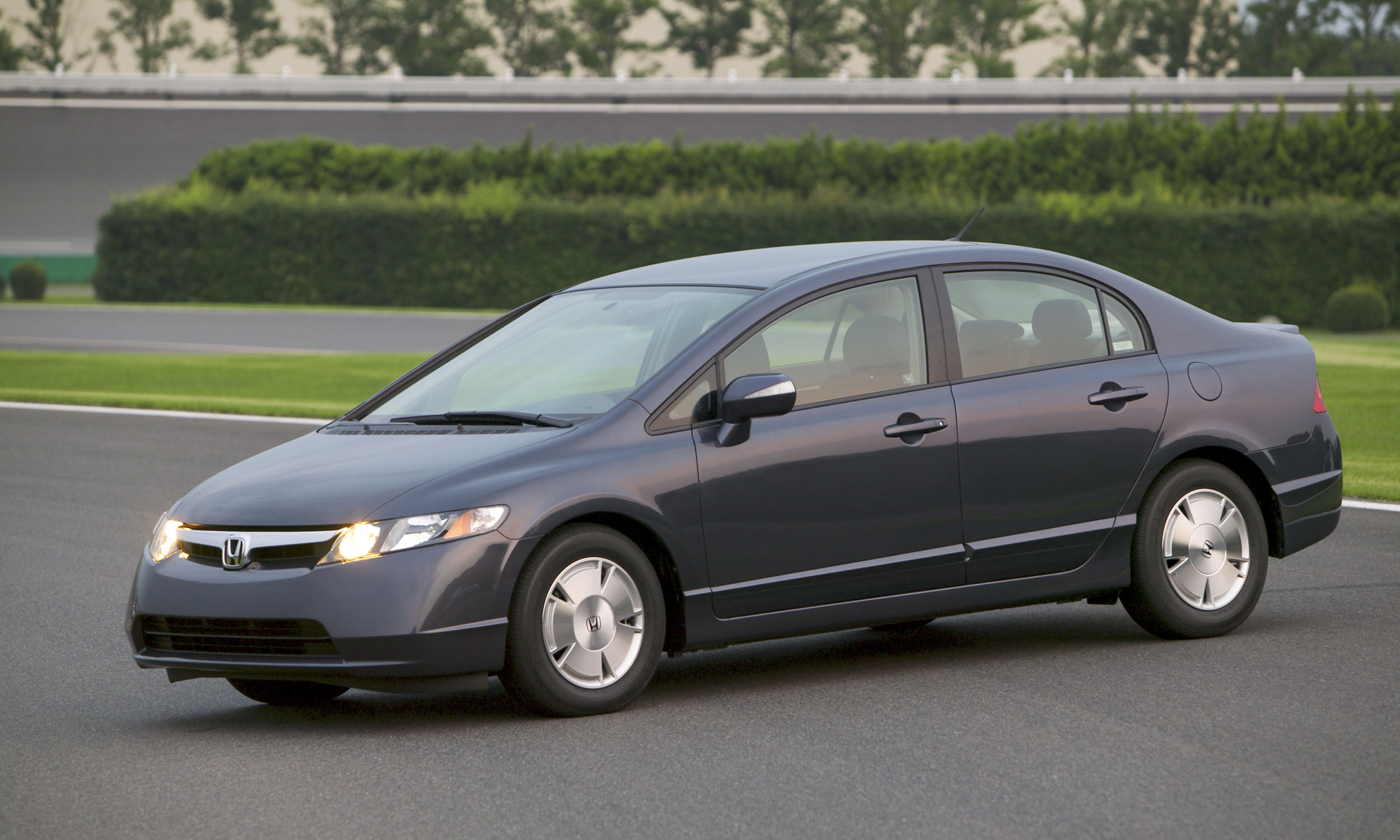
Honda had a banner year in 2006, winning North American Car of the Year for the first time as well as winning Truck of the Year — making it the first brand ever to sweep both awards. This was the eighth generation of the popular compact car and it featured fresh styling, new high-tech features and impressive fuel economy.

The 2005 Chrysler 300 was a big deal for the company, moving from front-drive, cab-forward designs of the past to a bold-looking, rear-wheel-drive performance/luxury sedan. Unlike the 300M from a few years earlier, the new 300 felt like a proper continuation of the legendary Chrysler 300 from the late 1950s and early 1960s. This 300 was even available with HEMI V8 putting out 340 horsepower.
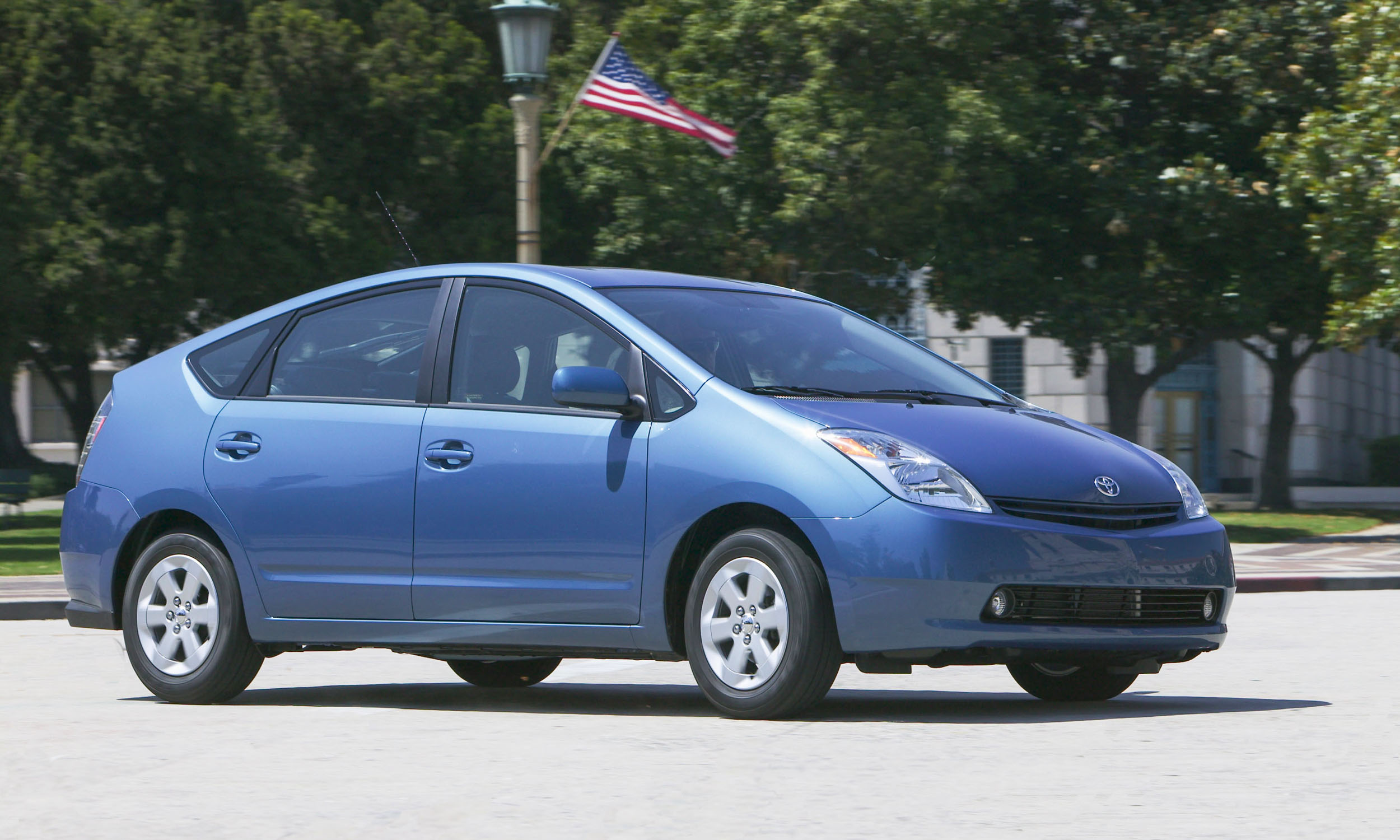
The 2004 Prius was the first year of the hybrid’s second generation. The new model was larger, more powerful and more fuel efficient than its predecessor, and with an EPA rating of almost 60 mpg the Prius became a badge of honor for all environmentalists. The larger size and added features made it more of a mainstream family car; however, the Prius was still not enjoyable to drive.
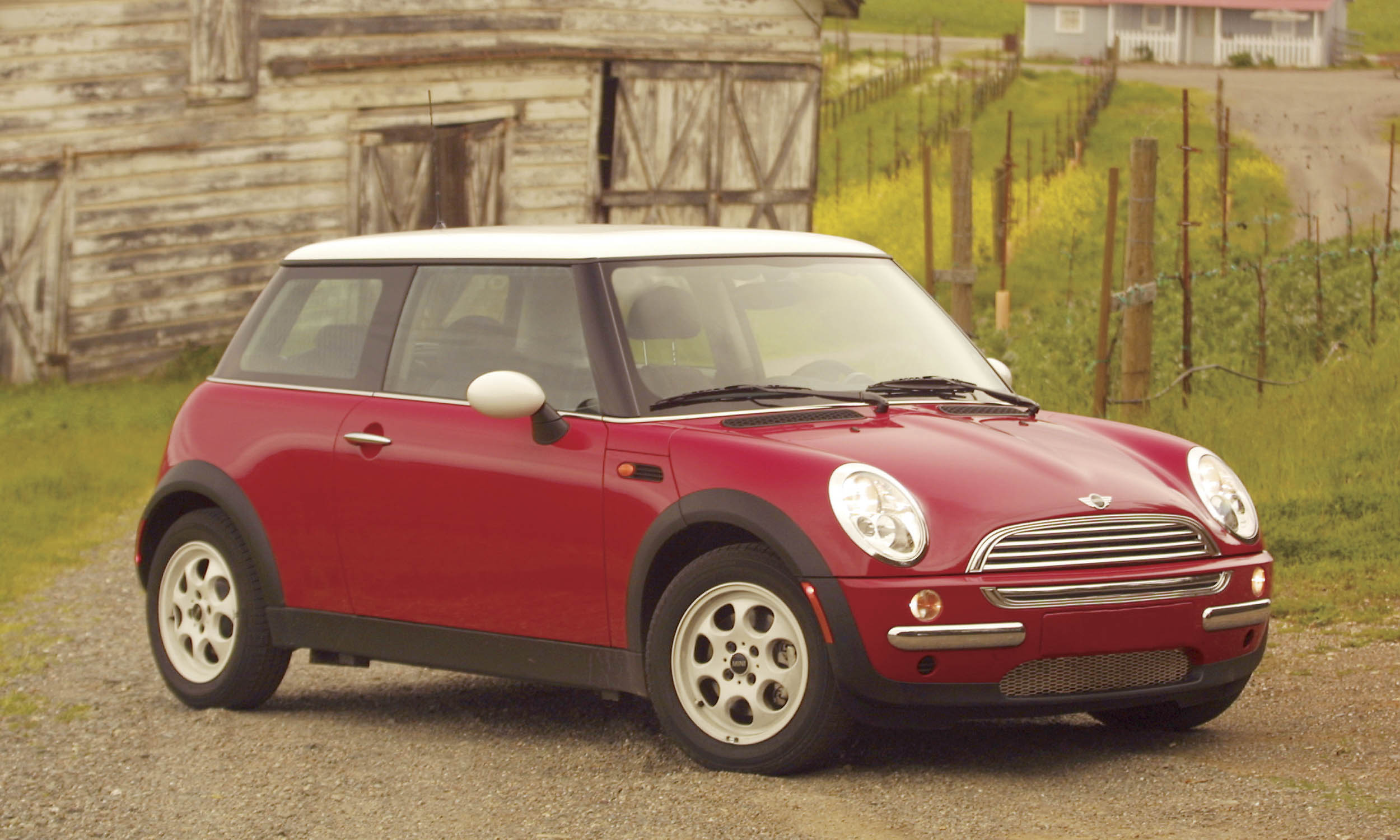
When the MINI Cooper launched in America in 2002, it honored the original MINI and also introduced American buyers to the notion of a small car being a premium vehicle. With a unique interior featuring high-end materials and retro switches, the reimagined MINI was an absolute blast to drive, with many reviewers comparing the small car’s handling characteristics to a go-kart.
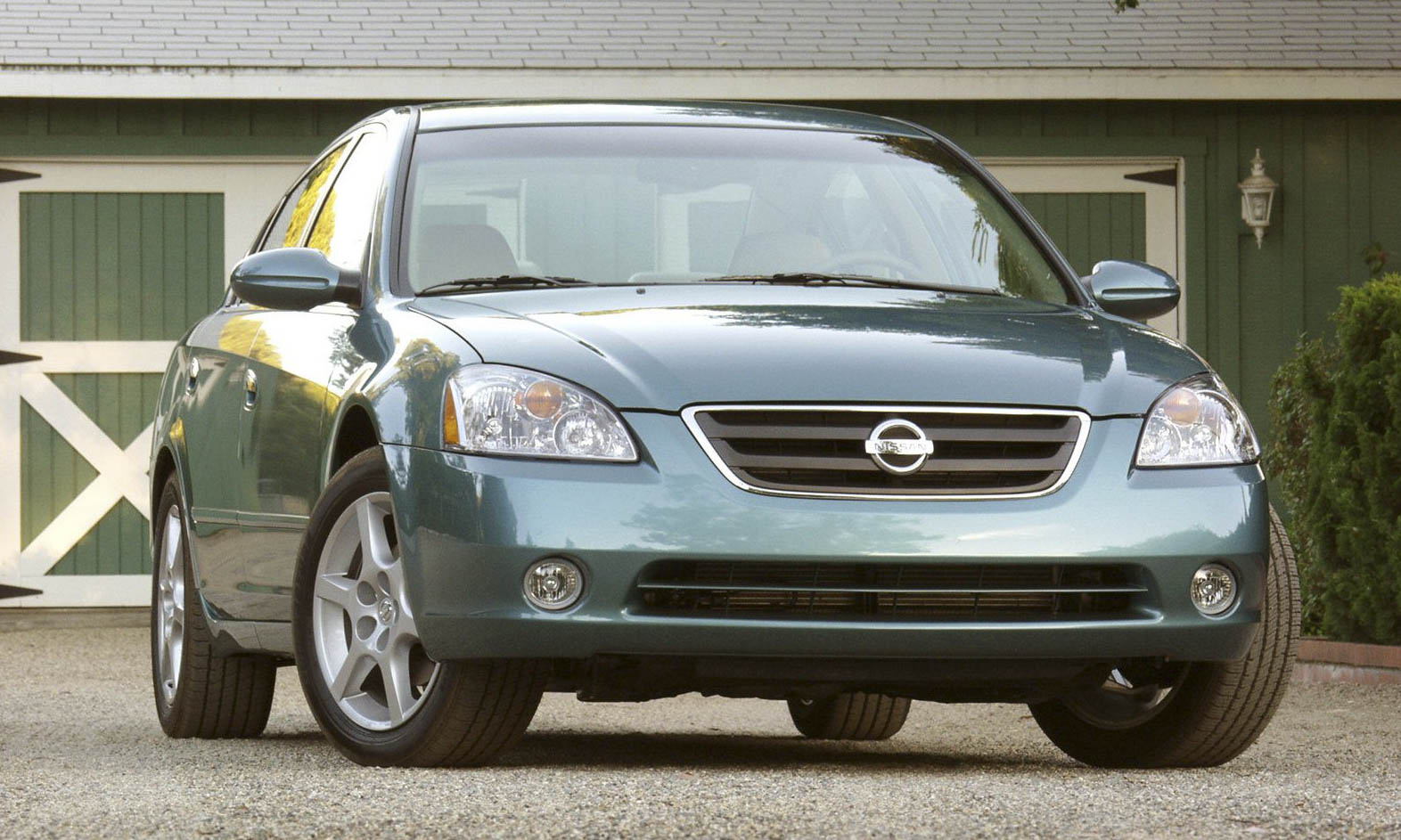
In late 2001 Nissan introduced the completely revised third-generation Altima. Possessing all-new styling and features, the Altima was much larger than its predecessor with improved structural rigidity and greatly-improved driving dynamics. This new Altima was also the first to offer V6 power — a 3.5-liter engine putting out 240 horsepower.
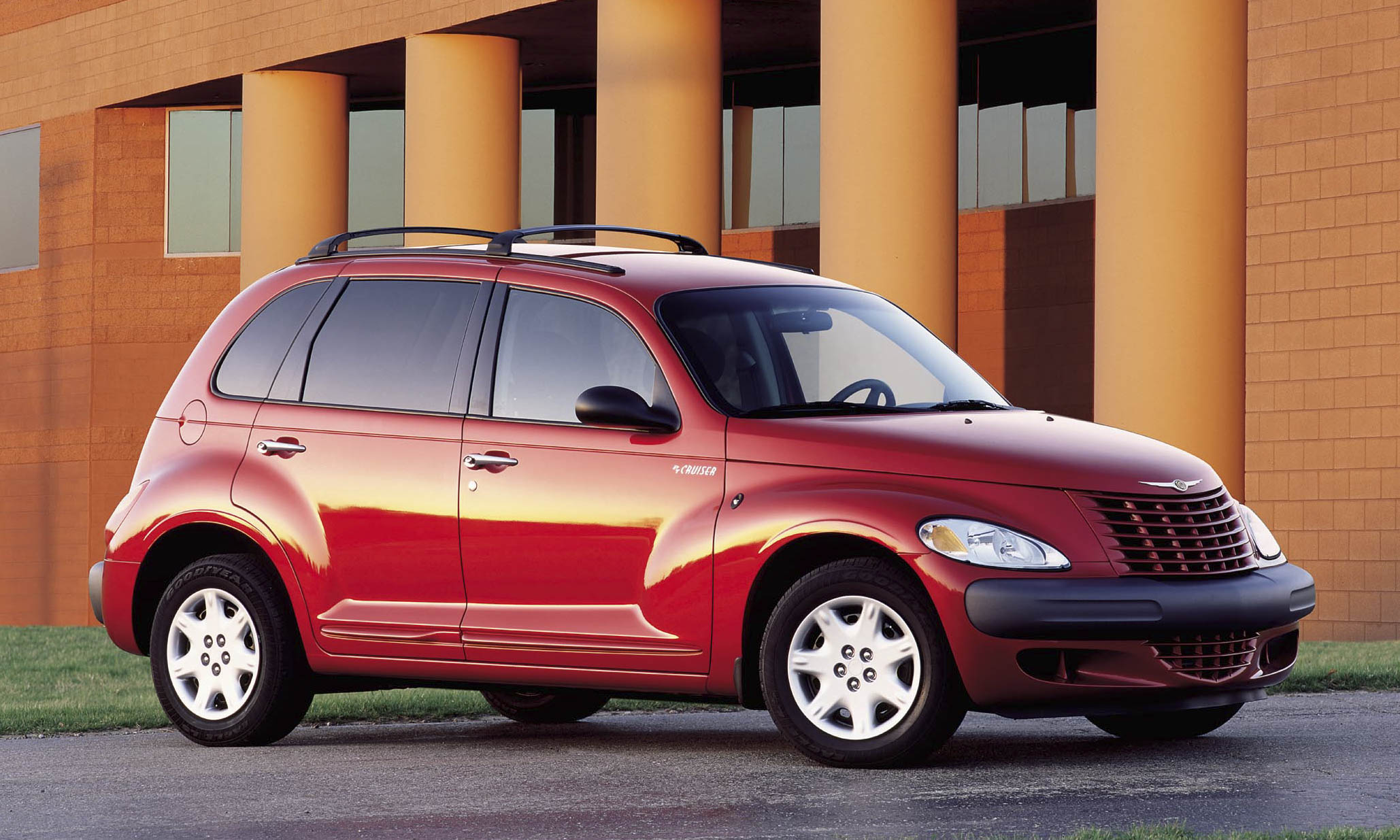
When the PT Cruiser went on sale in 2000 it became one of the hottest vehicles on the market. The combination of retro styling and useful interior space made it an instant hit. “Chrysler PT Cruiser dramatically changes the Chrysler brand profile and the way people think of the brand,” said A. C. (Bud) Liebler, who was senior vice president of marketing for DaimlerChrysler. The PT Cruiser sold through the 2010 model year.
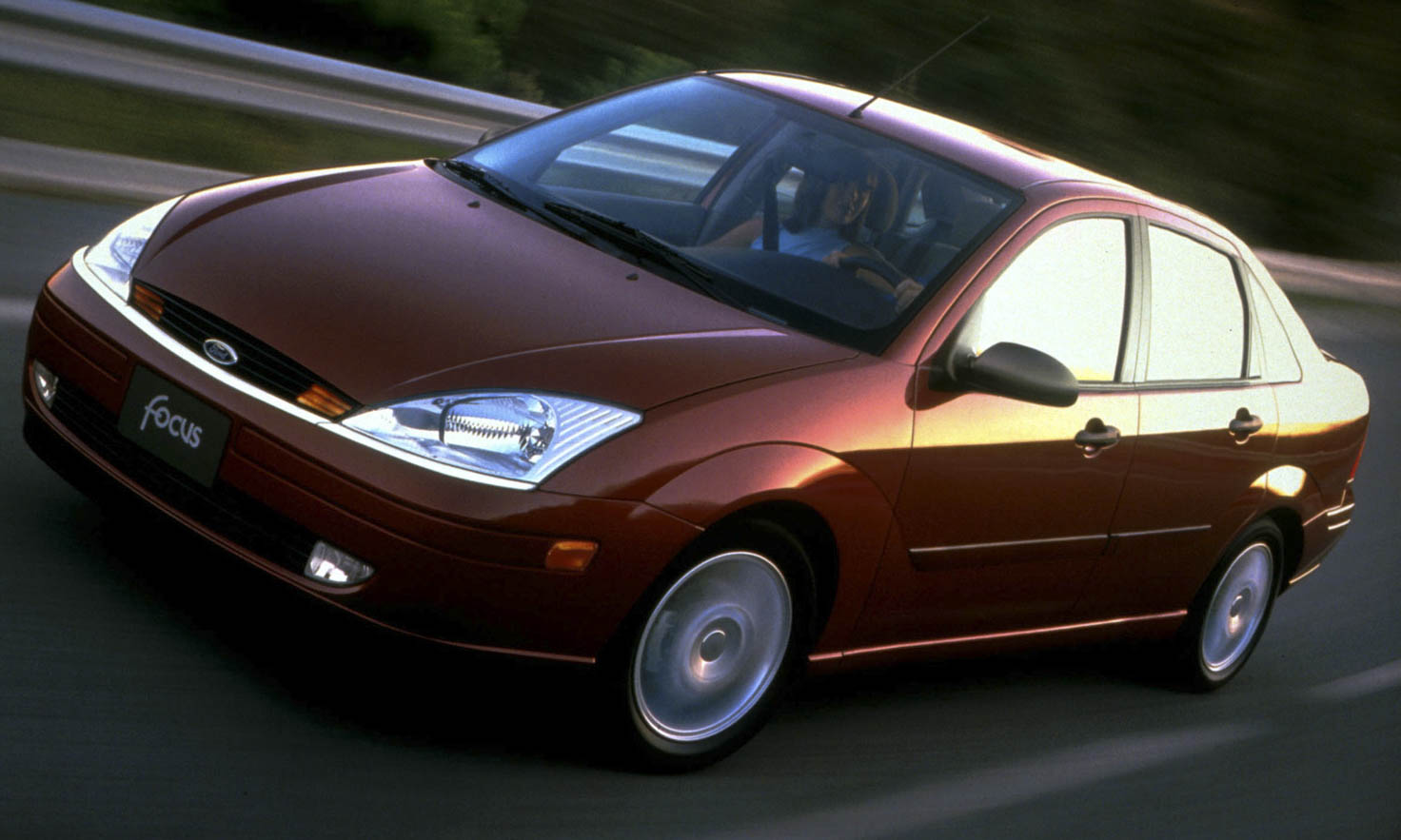
The Ford Focus premiered in the U.S. for the 2000 model year as a replacement for the Escort. A welcome upgrade for the aging Escort, the new Focus featured Ford’s New Edge styling treatment. The Focus was both fuel efficient and fun to drive — two traits that were rare in domestic-branded small cars of the time.
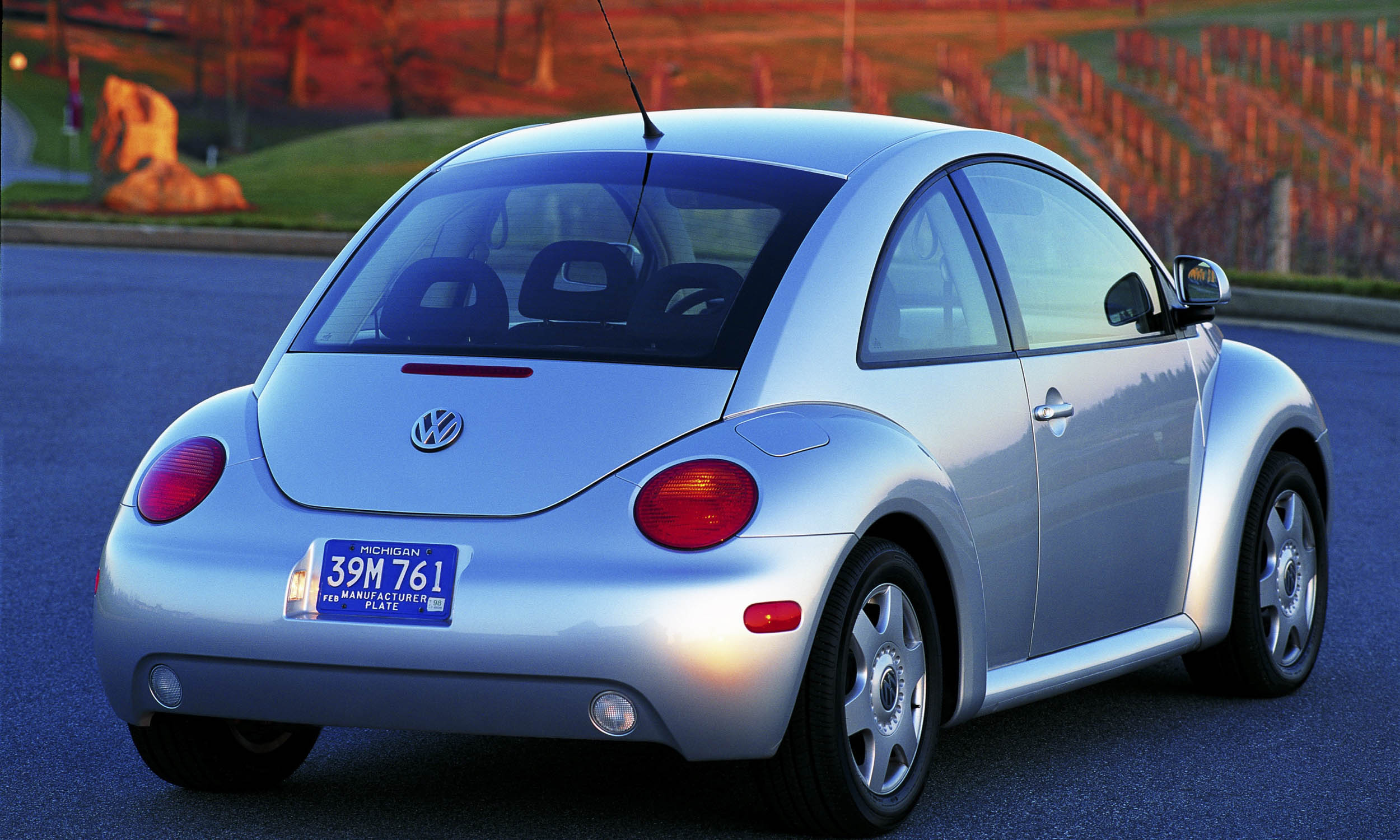
The biggest news at the 1998 Detroit Auto Show was the return of the legendary Volkswagen Beetle. After a hiatus of around 20 years, the New Beetle came to market with the same basic shape as the original, but thoroughly modernized with a front-engine, front-wheel-drive configuration. The New Beetle was available with either a gasoline engine or an efficient diesel powerplant.
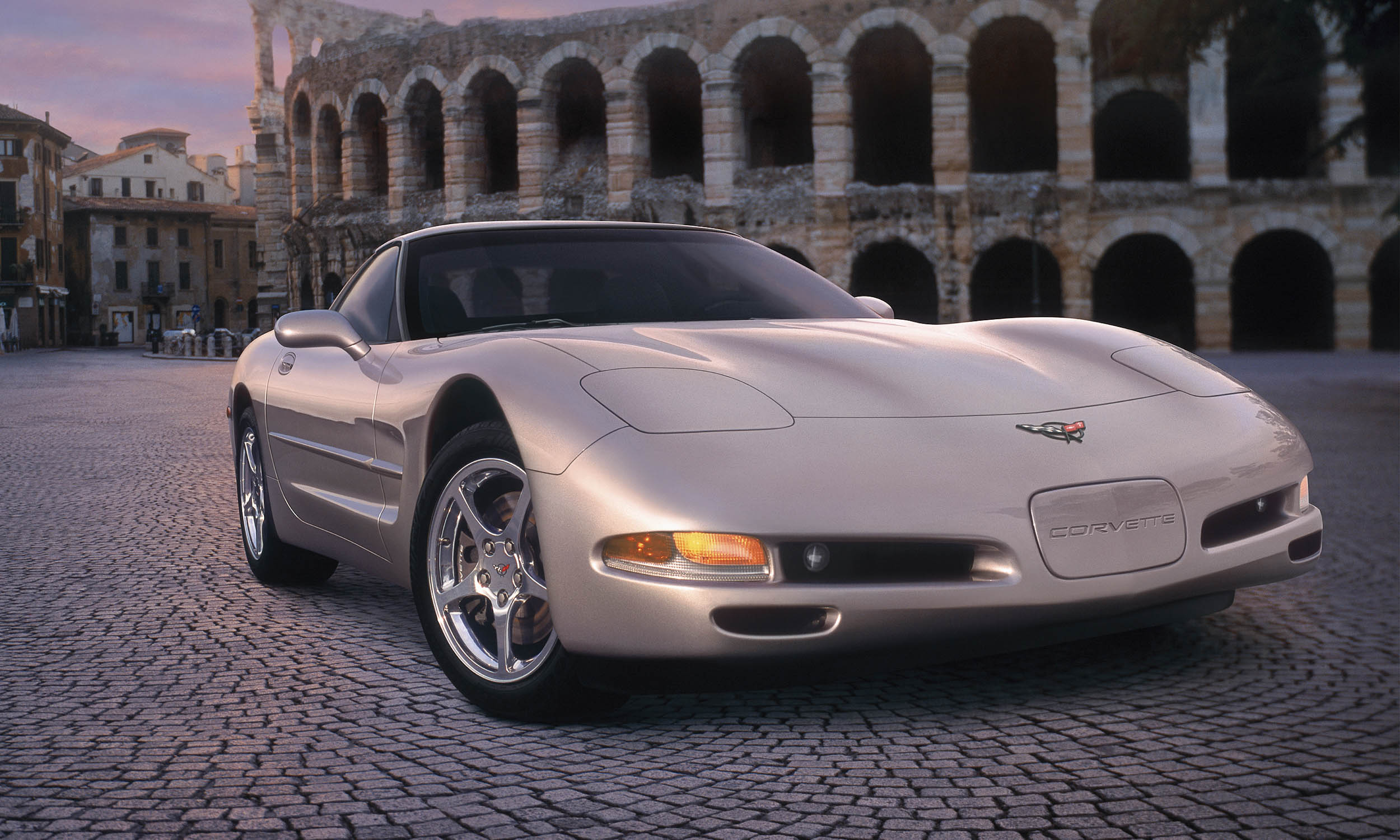
The fifth generation of the Corvette earned NACOTY’s top honor in 1998. A major change from the previous version, the C5 Corvette was longer and wider yet lighter by about 100 pounds. Part of the weight savings came from an all-new aluminum LS1 V8 engine that produced 345 horsepower.
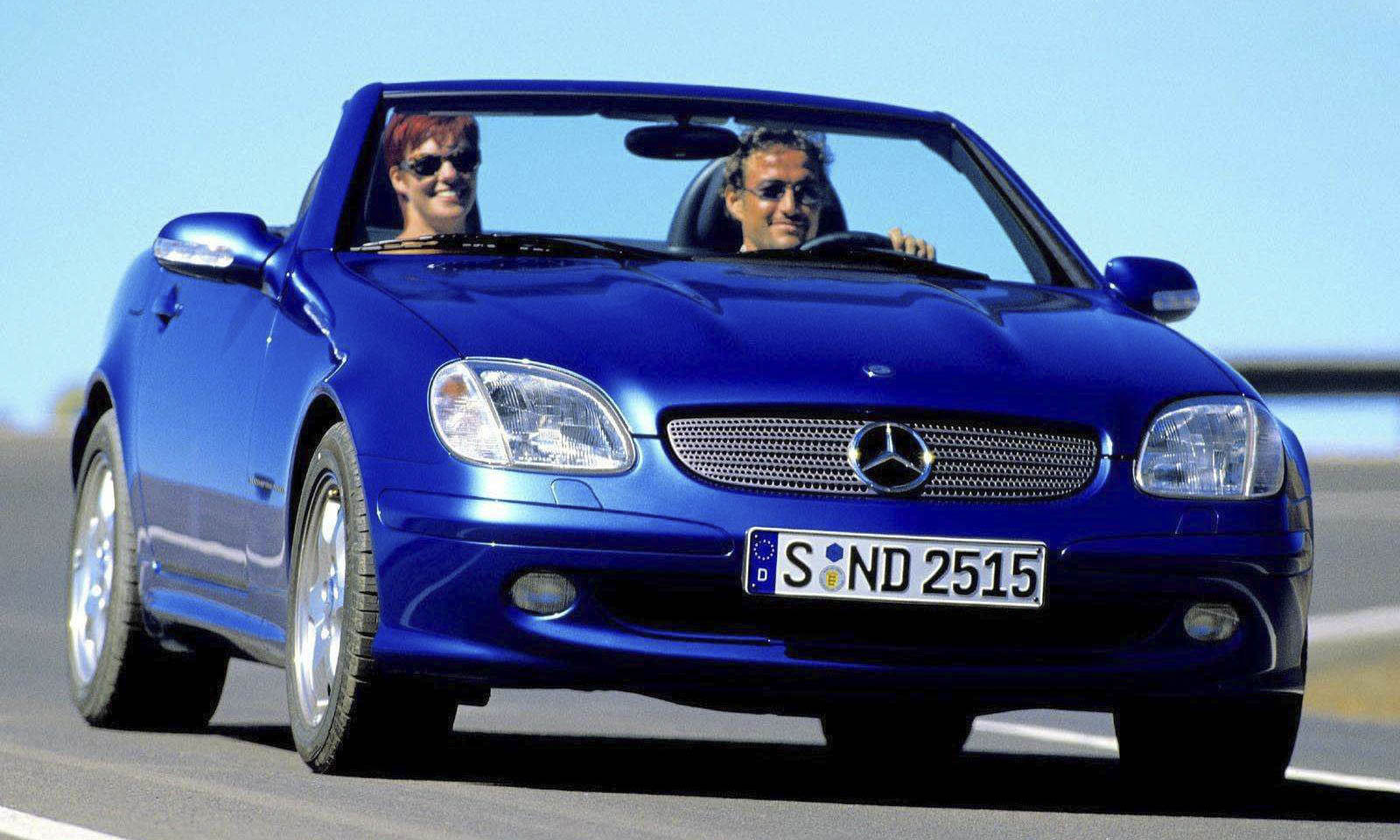
Nineteen ninety-seven was the first year of this small sporty roadster, and at the time the SLK was one of the first cars to feature a retractable hardtop. Competing against the Porsche Boxster and BMW Z3, the SLK had a supercharged engine producing 185 horsepower. Unlike the other two sports car contenders, the SLK’s only transmission offering was a 5-speed automatic.
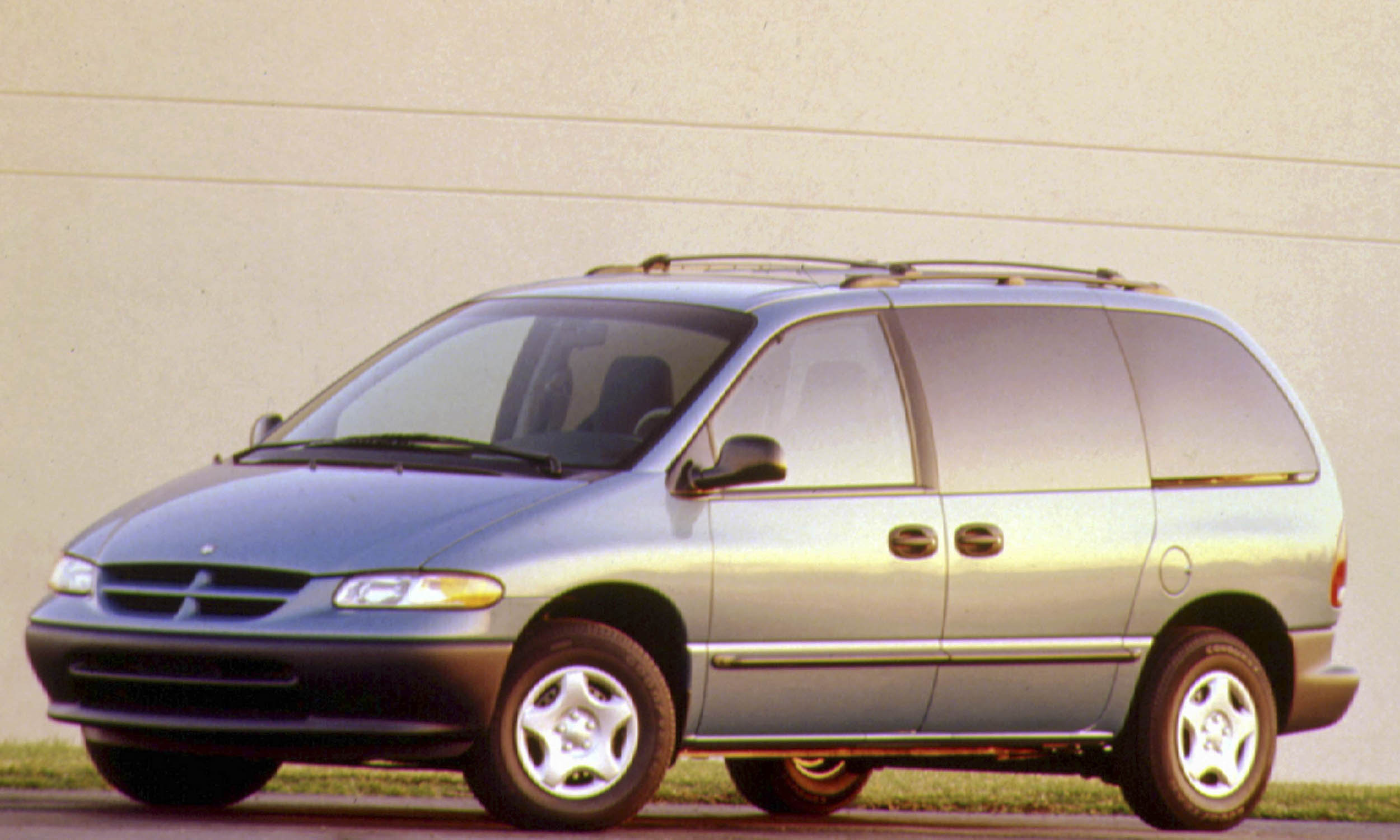
The third generation of Chrysler’s minivans — the Chrysler Town & Country, Dodge Caravan and Plymouth Voyager — premiered for 1996 on an all-new platform. New innovative features introduced for 1996 included Easy-Out Roller Seats, adjustable cupholders, an adjustable reclining rear child seat with a molded seat cushion, and dual-action rear drum brakes. This generation of Chrysler minivans was the first to market with an available sliding door on the driver’s side.
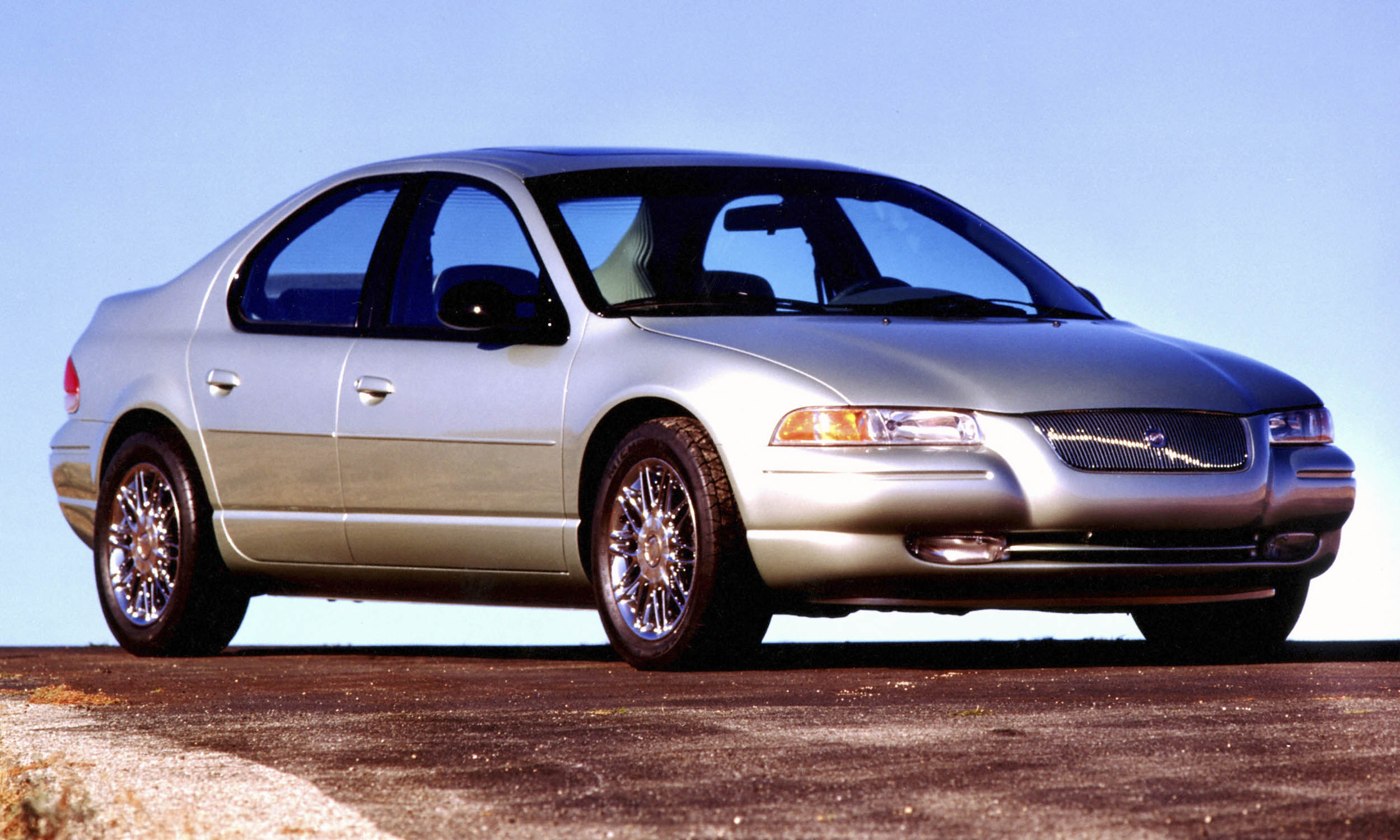
The Cirrus was the first of three new midsize sedans from Chrysler — the others were the Dodge Stratus and Plymouth Breeze. Designed as a replacement for the aging LeBaron sedan and possessing more flowing lines than previous boxy-looking models, the Cirrus also employed what Chrysler called “cab-forward” design with a long windshield and short overhangs. The Cirrus was discontinued after the 2000 model year.
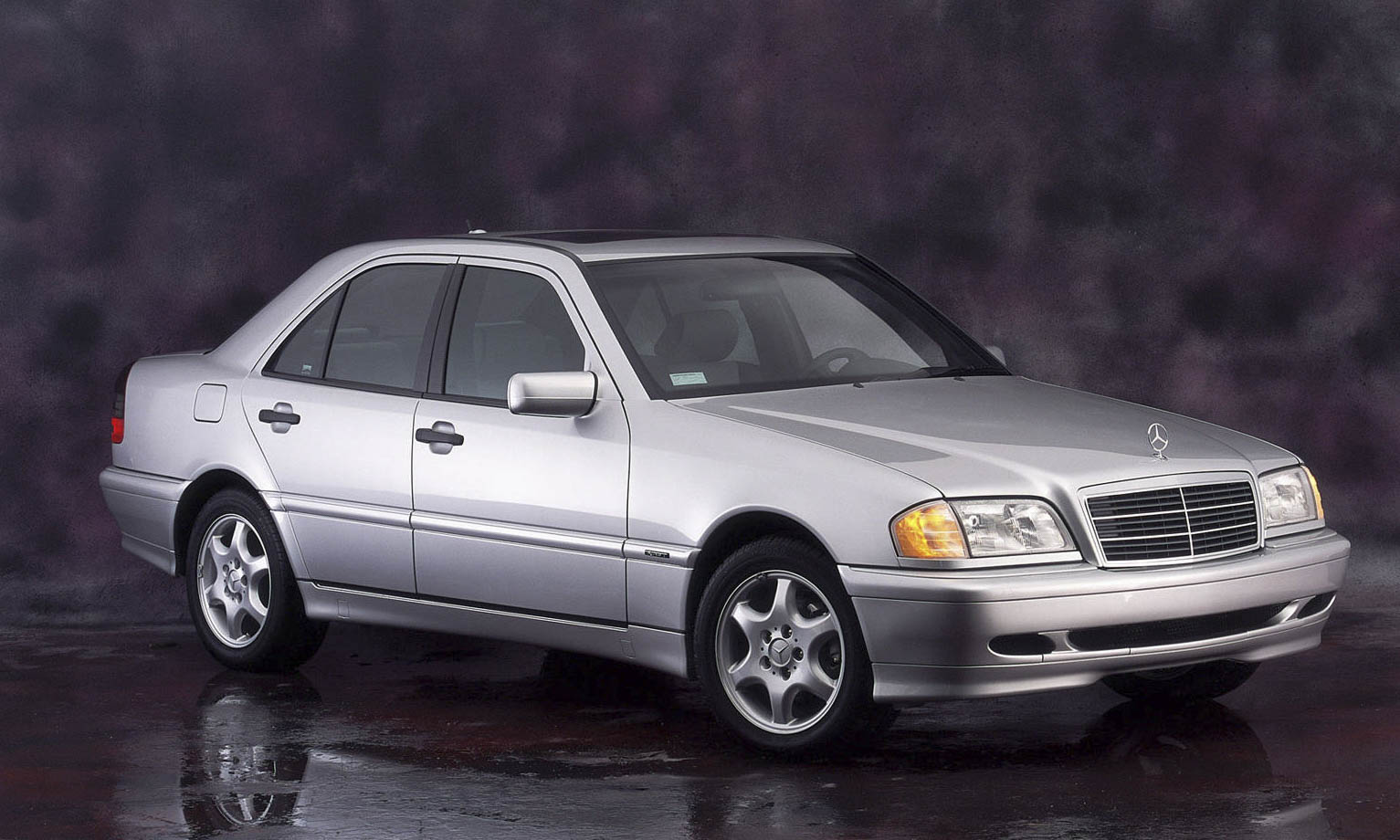
In 1994 Mercedes introduced this all-new C-Class, replacing the not-so-great 190 series. The 190 was an inexpensive way for buyers to get into a Mercedes and it felt underpowered and cheap. This made the C-Class even more welcome, since it was such a step up from the older model. The winning Mercedes was available as a C220 or C280.








